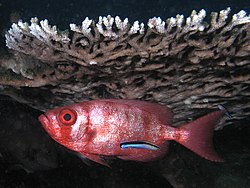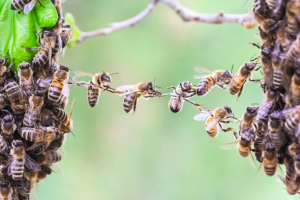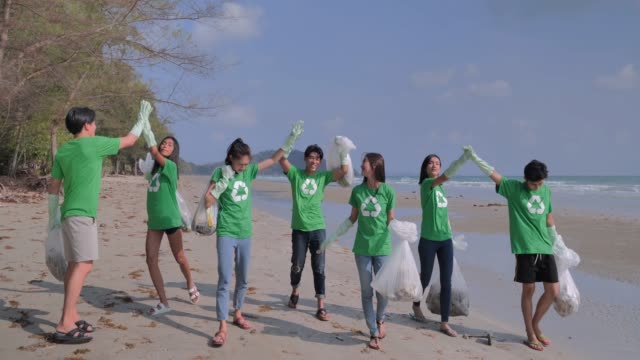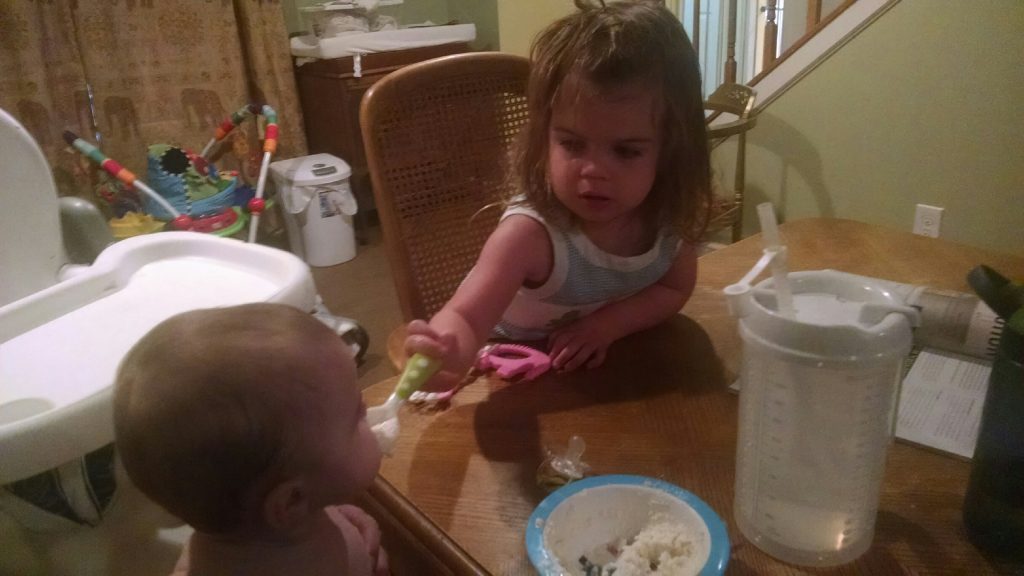Altruism: an individual performing an action that is at a cost to him/herself (e.g., time, effort, pleasure, quality of life, probability of survival or reproduction) that benefits – either directly or indirectly – another individual or group, without the expectation of reciprocity or compensation for that action.
Helping behavior may or may not be altruistic. There are many factors affecting the urge to help, including the following.
1) Kin selection: both animals and humans are more helpful toward close kin that to distant kin or non-kin. Perception of kinship is affected by whether the other looks like the giver, shares a family name (especially if it’s an unusual name), has a familiar scent (in animal groups), etc. Think of kin as the in-group.
2) Vested interests: helping friends, allies, and similar social in-groups (besides avoiding vicarious suffering to the individual) may eventually benefit the altruist. Extreme self-sacrifice may be adaptive if a hostile outgroup threatens to kill the entire group. During the Allied campaign in Italy in the World War II, First Lieutenant John Robert Fox ordered an artillery strike on his position in Sommocolinia, sacrificing his own life to take out invading German forces and allow US troops to retreat safely. He was posthumously awarded the Congressional Medal of Honor.

3) Reciprocal altruism: helping others is more likely if there is a chance that they can and will reciprocate. Therefore, people are more helpful it is likely that they will interact again in the future. If a person sees others being non-cooperative, they are less likely to be helpful. If someone helps first, the recipient of the help is more likely to help in return. Think charities that give small gifts of stickers, notepads, or holiday cards when asking for a contribution.

4) People are more likely to cooperate on a task if they can communicate first.

5) Groups of people cooperate more if they perceive a threat from another group. In the insect world, this frequently happens when a colony or hive finds safety in numbers while moving larvae, a queen, or the entire group. Ants, bees, termites, etc., form large masses and structures to complete the move.

6) People will help more when they know that their helping will be communicated to people they will interact with later, is publicly announced, is discussed, or is simply observed by someone else.

7) Selective investment theory proposes that close social bonds, and associated emotional, cognitive, and neurohormonal mechanisms evolved in order to facilitate long-term, high-cost altruism benefiting those depending on another for group survival and reproductive success. Humans, like many other animals, care for members of the species who cannot care for themselves, ultimately benefiting the species as a whole.

8) Microbiologists are studying whether some strains of microbes might influence the hosts to perform altruistic behaviors that are not immediately obvious as beneficial to the host. There is a possibility, currently being researched, that the bacteria in a person’s gut could affect their behavior and that changes in the bacterial makeup (such as from taking antibiotics) might result in a change in personality.

Psychology has defined psychological altruism as “a motivational state with the goal of increasing another’s welfare. Some definitions specify a lack of external rewards for altruistic behaviors. Even when not immediately obvious, altruism is often rewarded in various ways (see above). When there is no tangible reward, feeling good about oneself can be rewarding. Regardless of whether an act is “true” altruism, there are many psychological studies that document the conditions under which people are more likely to help.
- Helping is more likely when the recipient is clearly in need.
- Helping is more likely when the giver feels personal responsibility for reducing the other person’s distress.
- A person with a high level of empathic concern is likely to help regardless of how many bystanders are around.

The up-side of helping: volunteerism is strongly related to current and future health and well-being.
- Older adults who volunteered were higher in life satisfaction and will to live, and lower on measures of depression, anxiety, somatization.
- A 30-year study of the physical health of mothers found that 52% of those who did not volunteer experienced a major illness, compared to 36% of those who did.
- A 4-year study of people 55 and older found that those who volunteered for two or more organizations had a 63% lower likelihood of dying. Controlling for prior health status indicated that volunteerism accounted for a 44%reduction in mortality.
- Research supports the idea that altruistic acts bring out happiness but it also works in the opposite direction: happier people are also kinder.

When too much of a good thing is no longer a good thing:
- Although positive effects of helping were still significant, one study of volunteers found that feeling overwhelmed by others’ demands had an even stronger negative effect on mental health.
- While generous acts make people feel good about themselves, it is also important for recipients of assistance to appreciate—and show that their appreciation—for kindness and help.
- Research indicates that a conscious focus on gratitude led to reductions in negative affect and increases in optimistic appraisals, positive affect, offering emotional support, sleep quality, and well-being for the grateful person.
- Volunteer burn-out is especially common in high-stress positions, such as volunteer firefighters and medical providers at refugee camps.
Altruism is an important moral value for virtually all of the world’s religions:
- Jews practice tzedakah, righteous behavior, providing support to make the world a more just place
- Daya (compassion) and Daan (chairty) are two of the fundamental teachings of Hinduism
- As part of aparigraha (non-attachment), Jains give away possessions and harm no living creature
- Many Christian churches still practice tithing, donating 10% of all earnings
- One of the five primary tenets of Islam is zakat, giving to charity
- Sikhs practice seva, which is unselfish and unbiased aid to all
- Buddhism teaches kindness toward all beings
Bottom line for writers: helpful characters are a good option, but be clear in your own head who, why, and under what circumstances the person helps.












